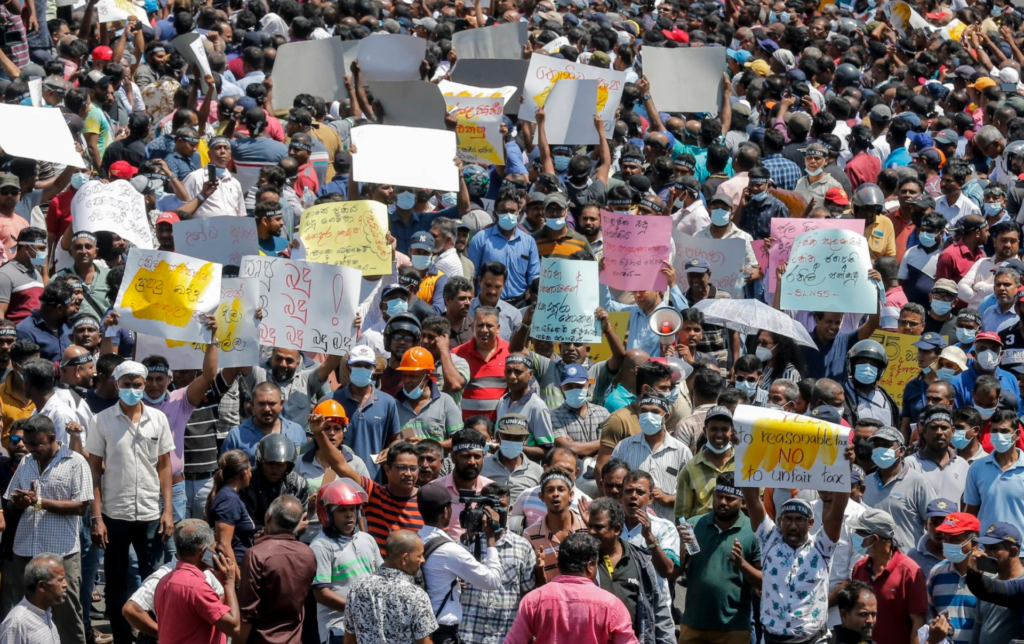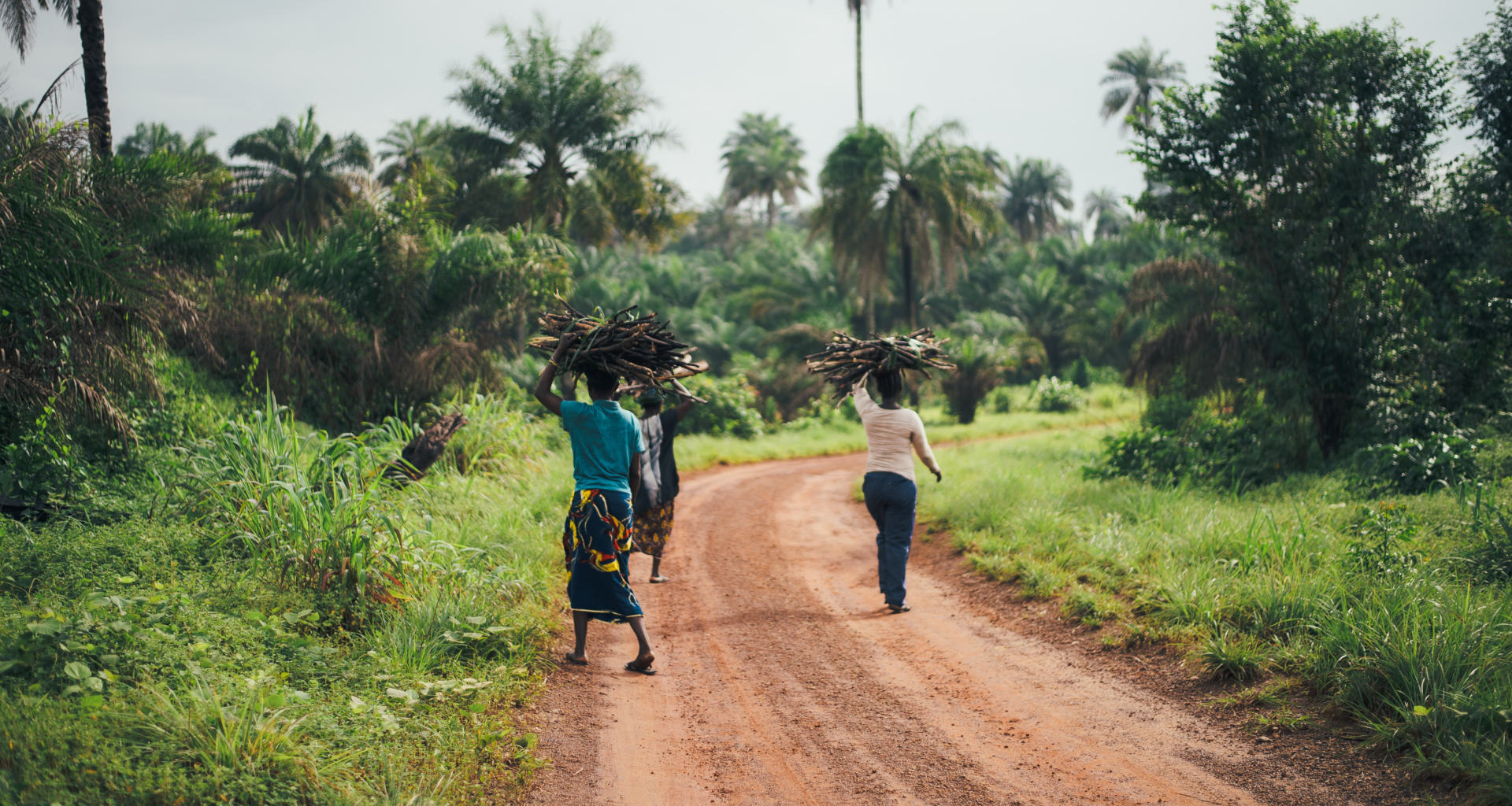
Sri Lanka may be turning a corner with IMF bailout but difficult reforms lie ahead
This article originally appeared on the South China Morning Post
Sri Lanka remains in the throes of an economic crisis, but there are signs of a silver lining and a possibility the island-state may have put the worst behind it. Its Paris Club creditors have finally provided the financing assurances that bring Sri Lanka one step closer to obtaining funding approval from the executive board of the International Monetary Fund for a US$2.9 billion bailout.
This comes after India also provided financing assurances to the IMF last month, while the Export-Import Bank of China offered a 24-month moratorium on Sri Lanka’s debt and pledged to provide the Sri Lankan government with the support it needs to secure the bailout.
The situation seems a far cry from last April, when Sri Lanka defaulted on its foreign debt for the first time. What followed was uncertainty, as thousands took to the streets in political protests that resulted in a democratic and governance crisis. Through the protests, the scale of the mismanagement of state resources and questionable economic policymaking were laid bare.
Since then, Sri Lanka’s new government – led by President Ranil Wickremesinghe – has worked tirelessly to bring the country back from the precipice. It looks like it is succeeding.
Following the Sri Lankan government’s decision to suspend foreign debt payments, efforts have intensified to put in place a debt sustainability programme to support the economy. At the time of the default, the country’s debt was estimated to stand at US$101 billion.
Last September, Sri Lanka secured an IMF agreement for a four-year programme of financial help amounting to US$2.9 billion. The programme seeks to restore macroeconomic stability and debt sustainability in the country, and to implement structural reforms that will hopefully help unlock growth.

Funding from the IMF is contingent on actions and financing assurances from bilateral creditors, and in recent weeks there have been breakthroughs on that front.
President Wickremesinghe called 2023 a “critical year” for Sri Lanka’s economy. He couldn’t have put it any better.
Restoring macroeconomic stability will be a long and arduous task – particularly as it needs to tighten its purse strings when more public spending is a necessity. Given the way things are in Sri Lanka, a tightening of government expenditure will make recovery more difficult in the short term.
Yet reforms are necessary to restore confidence in the economy and obtain external support in the short to medium term, as well as to draw foreign direct investments in the medium to long term.
In essence, most of the reforms are targeted at reducing state expenditure and increasing fiscal revenue to close the financing gap. As part of this process, the government has published a bill to increase revenue collection from taxes – this includes reducing the personal income tax exemption threshold and increasing the corporate tax rate, besides increasing the value-added tax.
In its attempt to meet IMF requirements, the government also plans to relax labour laws and privatise public assets. It has raised power tariffs by 65 per cent in a bid to overcome the power cuts plaguing the economy in recent months, and is taking steps to reduce expenditure in the public sector with a hiring freeze and a cut in the retirement age for public servants.
Many of the government’s recent actions have been criticised in Sri Lanka by those who believe they will increase hardship and affect the economically vulnerable. On the flipside, there are many who argue that the government must implement such measures to stabilise the economy and for its future.
On its part, the government is looking to raise social spending and to improve the social safety net to support the most vulnerable. This is important as Sri Lanka’s economy is expected to have contracted by 8.8 per cent last year and high inflation continues to affect day-to-day life.
The Sri Lankan government is not in an enviable position. As it emerges from a deep political crisis and a period of severe economic mismanagement, there is an urgent need to stabilise the economy. To do this, the government is prioritising the safeguarding of financial stability, and an improvement in fiscal transparency.
The government also recognises the importance of attracting foreign direct investment, especially as it takes steps to reduce its dependence on borrowing from overseas.
For Sri Lanka to be considered an investment destination in the future, the government must take all steps possible to support regenerative economic activity. But in doing so, it must also not forget its commitment to its people or ignore the present.
There are no easy choices, but there is optimism for a brighter tomorrow.



